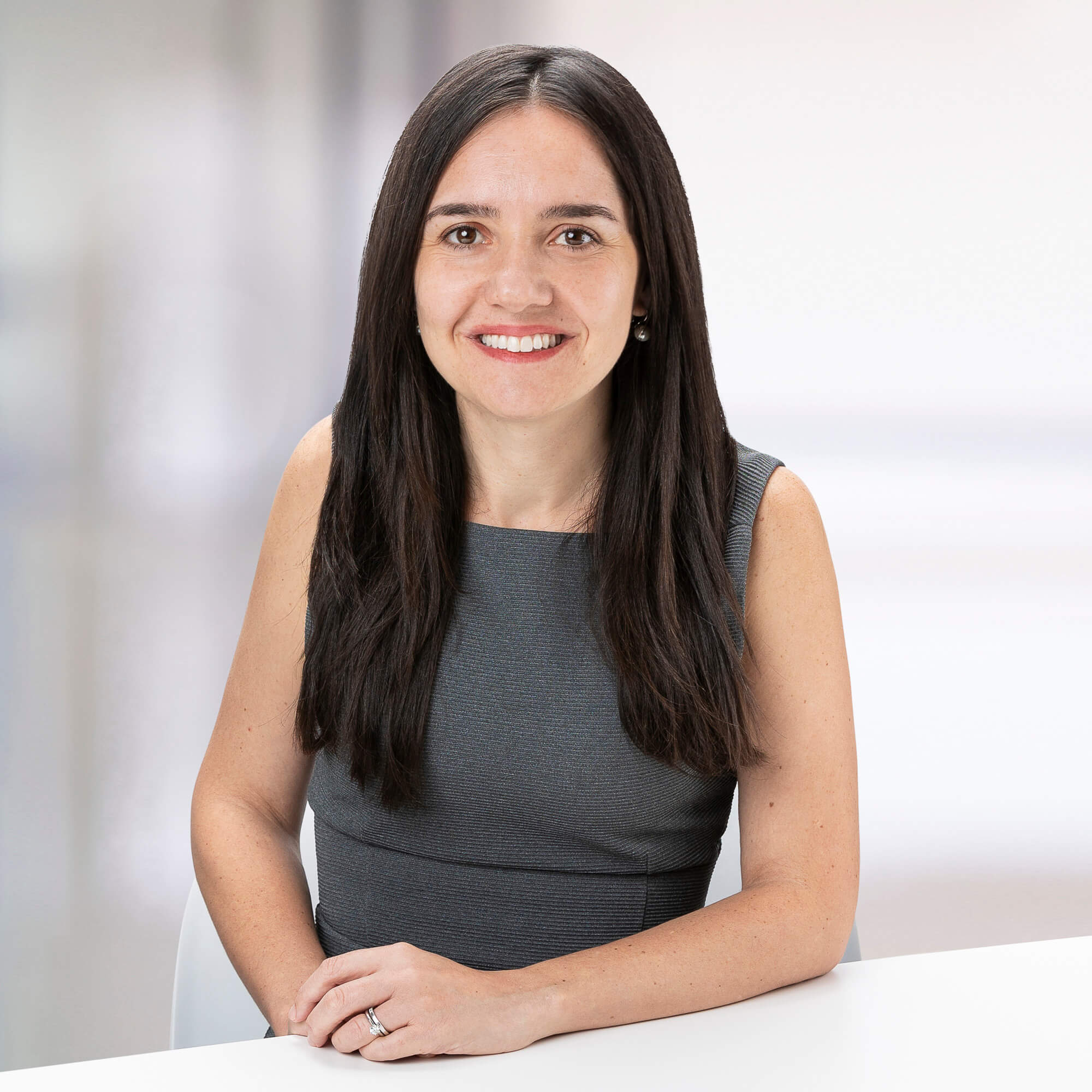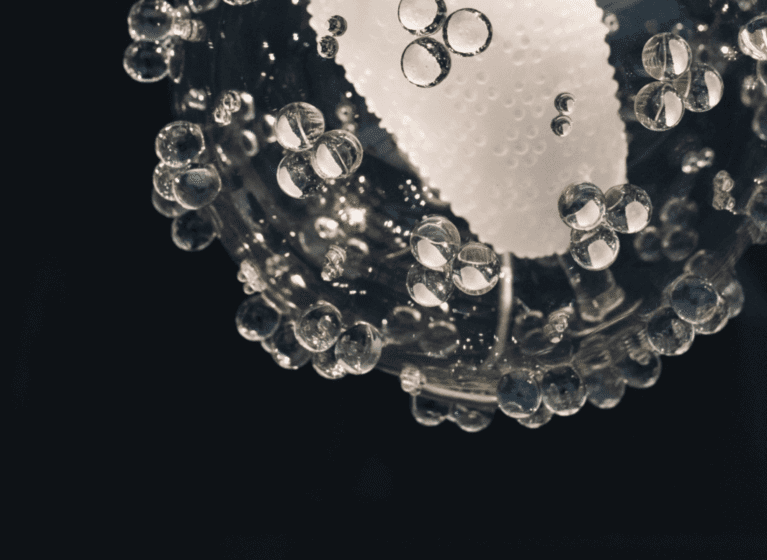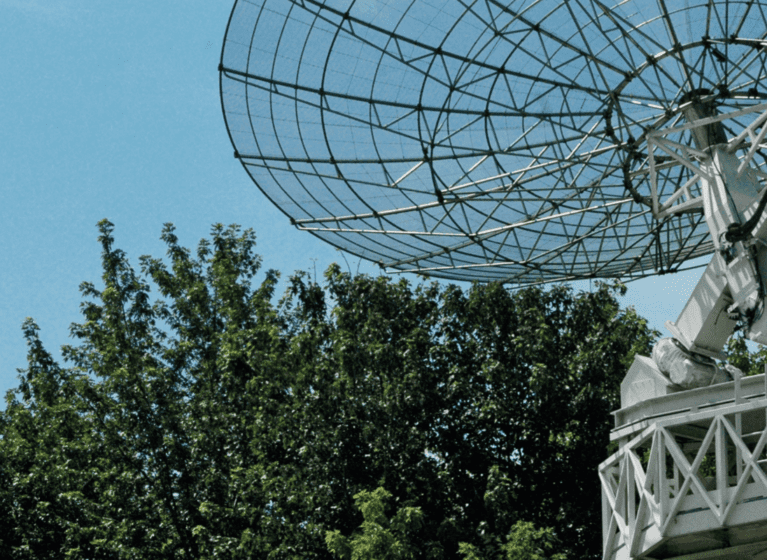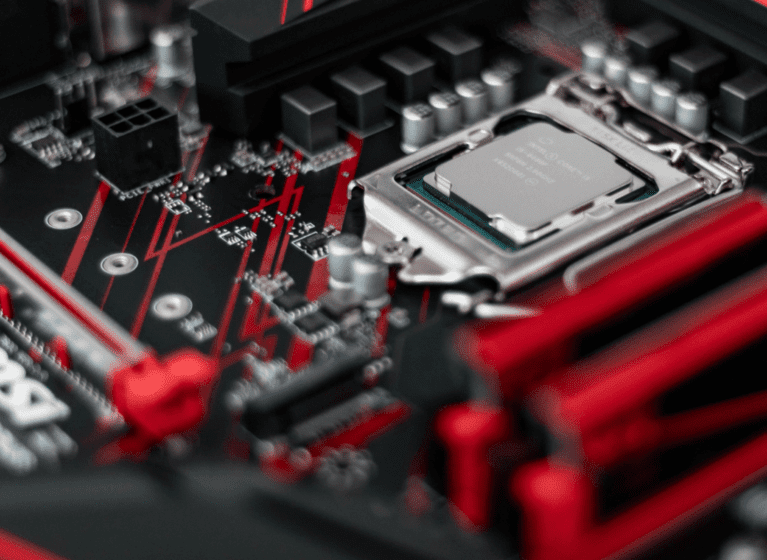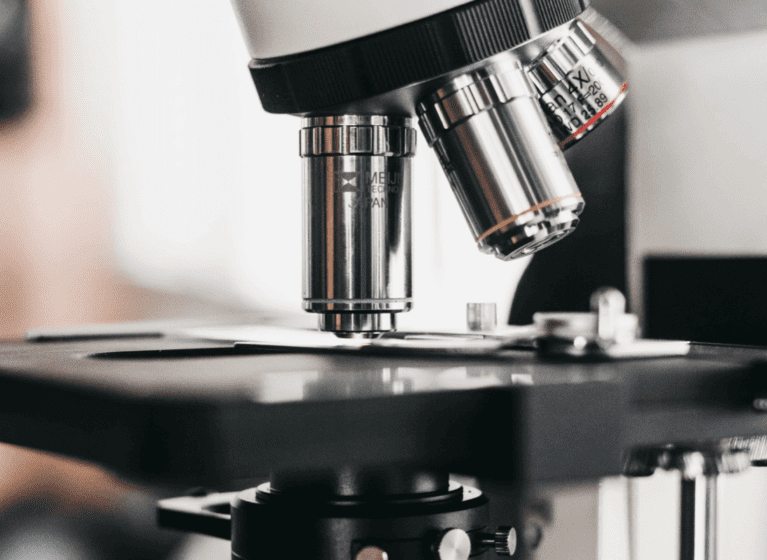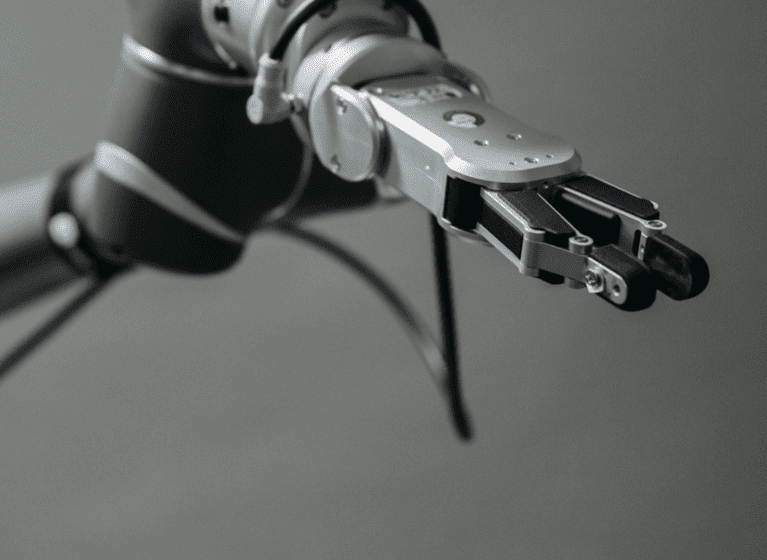The region of Southeast Asia (SEA) including the member countries of Association of Southeast Asian Nations (ASEAN) comprises some of the most rapidly growing economies in the world and is viewed as a significant emerging market. This is well recognised by the medical technology (MedTech) sector, with multiple MedTech companies shifting their headquarters as well as their manufacturing hubs to ASEAN countries.
Why file in ASEAN region?
For medical technology companies planning to use or commercialise their technology in the ASEAN region, patent protection for your medical device/process will provide an edge over competitors in the region. Patent protection is an important tool that provides a means to stop competitors copying, using and selling your invention within the region.
Even where an invention will not be marketed or sold in the region, consideration should be given as to whether competitors would manufacture in the ASEAN region, since ASEAN countries including Vietnam and Thailand are fast becoming major manufacturing hubs. Patent protection in all the relevant jurisdictions of ASEAN will provide a means to stop competitors from manufacturing in the region.
Computer implemented inventions (CIIs)
As with many other industries, advanced medical technologies strongly rely on computer implementations as these provide numerous advantages including: improving the accuracy of physiological data extracted from patients; and enhancing efficiency in processing data, thus allowing better overall patient care.
Generally, an invention to a method or system is patentable if the claims are novel and inventive (non-obvious). Additionally, the invention must satisfy a patentable subject matter test, i.e. be the kind of subject matter for which patents are legally granted. This requirement can pose more issues for computer implemented inventions (CIIs) compared to inventions in other technology areas. This article will focus on how CIIs are assessed in the ASEAN region with respect to patentable subject matter requirements.
In part one of this two-part series of articles, we discuss if it is possible to meet patentable subject matter requirements in the key countries in ASEAN for computer implemented medical technologies.
Question: Is it possible to protect computer-implemented inventions by way of the patent system?
Singapore – Yes, with exceptions
In Singapore, CIIs are not excluded from patentability if the requirements of novelty, inventive step as well as industrial applicability are met. CIIs, however, also need to include a technical feature. In other words the claims must be directed to subject matter that is “technical”.1 Furthermore, “it must be established that said computer (or other technical features of an invention) as defined in the claims, is integral to the invention in order for the actual contribution to comprise said computer (or other technical features).”2
According to Desmond Tan, Principal of FPA Patent Attorneys, Singapore: “Patents can be used to protect CIIs,” he said. “The use of patents to protect CIIs is consequential of a national thrust to make Singapore a hub for AI and Fintech, both as a centre for R&D and as a testbed for such innovations. There is case law in Singapore maintaining the validity of CII patents so there is some certainty in this regard.”3
More information on CIIs in Southeast Asia co-authored by Desmond can be found here.
Malaysia – Yes, with exceptions
In Malaysia, a CII is patentable only if it is connected to some hardware4 or if it has a “technical character” and solves a “technical problem”. Namely, the invention must relate to a technical field, and must have at least one technical feature5. For example, if the computer program works in combination with a computer for arriving at a technical contribution, the combination would be patentable.
Indonesia – Yes, with exceptions
In Indonesia, claims to rules and methods on computer programs as such are not patentable. However, according to the new law, if a computer program provides a “technical effect” and function so as to produce a solution to a problem whether tangible or intangible, then a patent may be granted.6
Thailand – Yes, with exceptions
In Thailand, a computer program may be patentable if the program is technically designed to improve a hardware (e.g. the program improves the efficiency of the hardware). A computer program is not patentable if it only involves data processing without an effect on the related hardware, if it does not have technical characteristics or if the program is only used for processing or storing data (and thus does not solve a technical problem).7 Furthermore, inventions related to computers may be patentable if they provide technical functions and effects to overcome technical problems.
Vietnam – Yes, with exceptions
In Vietnam, a computer program may be patentable if the program is of technical character and is truly a technical solution to resolve a technical problem by technical means. The computer program needs to bring a technical effect that goes beyond the normal physical interactions between the program and the computer.8
Philippines – Yes, with exceptions
In the Philippines, claims to computer program as such are not patentable. However, if the inventions is of a “technical character”, in other words, provides a technical solution to a technical problem then the claims may be patentable.9,10
Australia – a basis of comparison
In Australia, to determine whether a CII is patentable, the claims must be novel and involve an inventive step. The claims must be directed to a manner of manufacture; in other words the claimed invention has to be technical in nature (rather than administrative) to be considered patentable subject matter.
Some broad instances where an invention would be deemed to be technical in nature is as follows:
- Where an invention relates to a man-machine interface where technology is essential to the interface with a machine, then the claimed invention is inherently technical in nature.
- Where an invention solves a technical problem within the computer or outside the computer.
- Where an invention provides an improvement in the functioning of the hardware, irrespective of the data being processed.11
Key takeaways
In summing up, relatively similar to Australia, CIIs can be patented in each of the key ASEAN countries above if it can be shown that the invention is technical. In particular, the claims of the invention need to have a technical characteristic, provide a technical effect or solve a technical problem.
In part two of this series, we explore specific medical technologies that utilise CIIs and provide real-life examples of patent applications in the hub of the ASEAN region, Singapore, and draw comparisons with how the same technologies are treated in Australia with respect to patentable subject matter requirements.
1 Kluwer
2 Section 8.6 in the Singapore Patent Office Patent Examination Guidelines
3 https://asiaiplaw.com/section/in-depth/protecting-software-and-computer-implemented-inventions
4 Kluwer Law International – Home (kluweriplaw.com)
5 Proposed-Amendments-Patent-Examination-Guidelines-Mark-Up-Copy-1.pdf (myipo.gov.my)
6 Kluwer Law International – Home (kluweriplaw.com)
7 Kluwer Law International – Home (kluweriplaw.com)
8 Kluwer Law International – Home (kluweriplaw.com)
9 Kluwer Law International – Home (kluweriplaw.com)
10 Revised ICT Guidelines_22Dec2022.pdf – Google Drive
11 Section 18(1) (a) – manner of manufacture

